The Newest Flags in the World
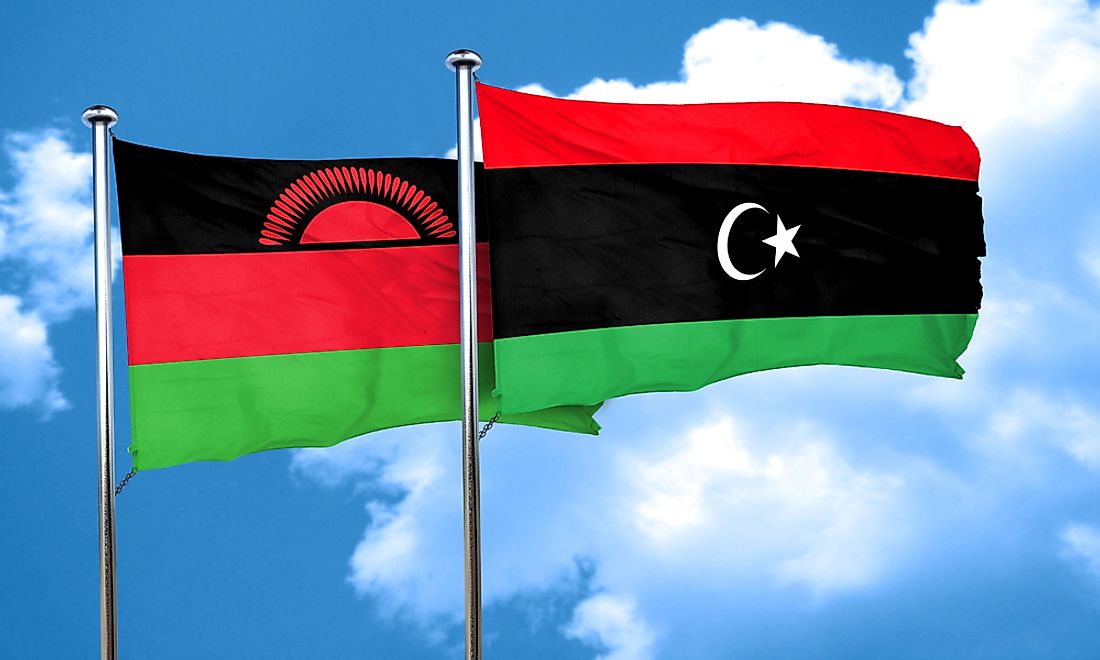
Some countries have flags whose origins are so old that it is difficult to track its date of adoption. However, some countries have flags that were adopted only in recent memory. This could be because a country changed their flag design for political reasons (such as the case of Libya), or because a new country was formed (like the case of South Sudan). Below is an overview of some of the world's youngest flags.
The World's 10 Youngest Flags
Mauritania
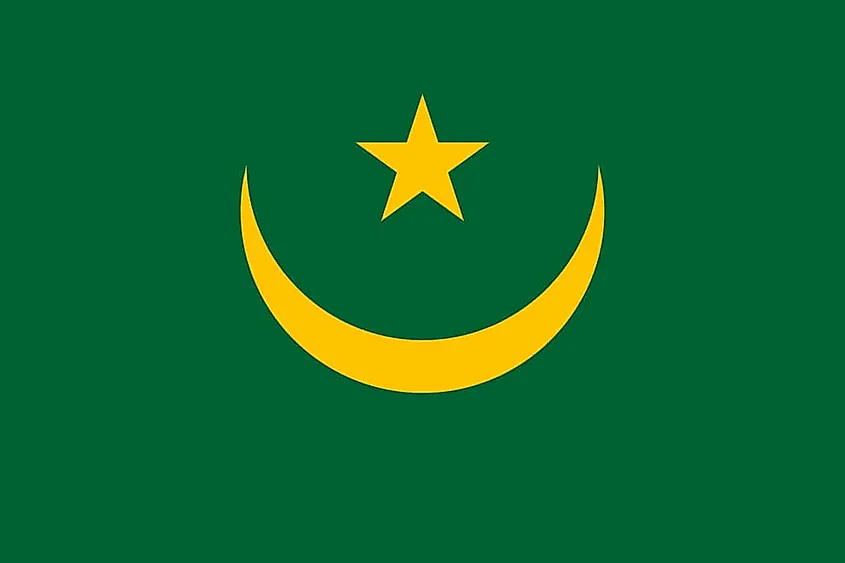
Flag of Mauritania prior to 2017.
The flag of Mauritania has a green field with a gold crescent and star in the middle and two red stripes, one at the bottom and the other at the top. Mauritania used their original flag was until August 5, 2017, when a referendum was held about whether to replace the flag. About 85% of the voters approved the poll, and this resulted in the introduction of the two red stripes. The stripes represent the blood of the patriots who fought in their independence against the French. Mauritania adopted the new national flag on August 15, 2017.
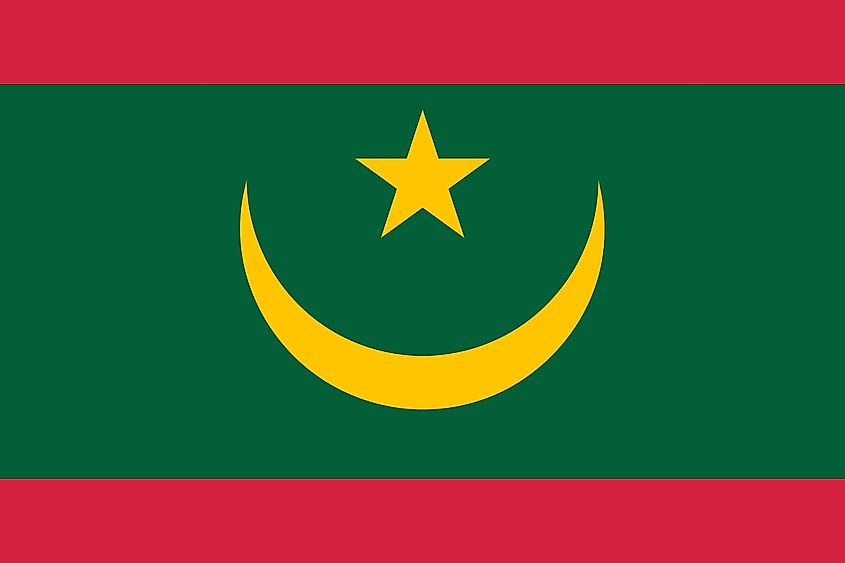
Current flag of Mauritania.
Malawi
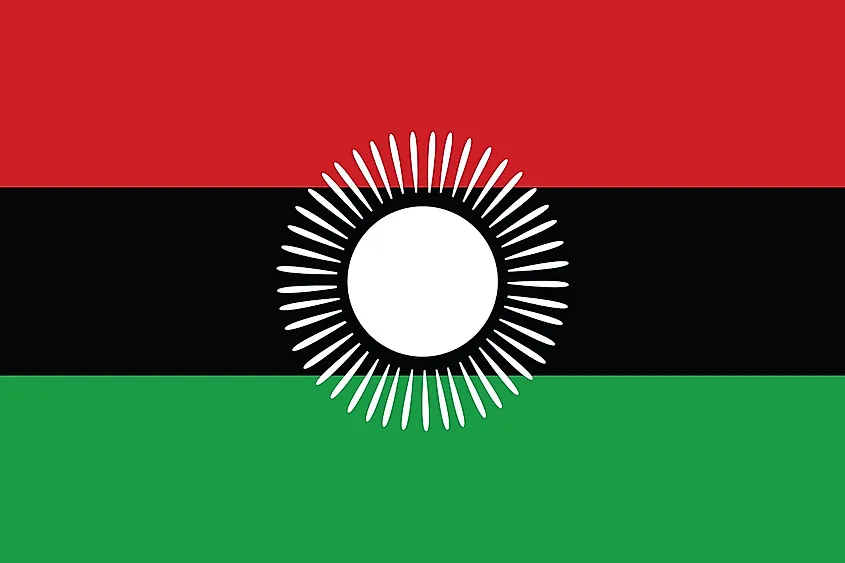
The flag of Malawi from 2010 to 2012.
The original Malawi flag was adopted on July 6, 1964, after the country gained their independence from the British. The flag had three stripes (black, red and green) with the top black strip having a rising sun. The flag was used until July 29, 2010, when the government adopted a new flag. The stripes on the new flag were altered to match the layout of the original Pan-African flag with the green strip at the bottom, the black in the middle, and the red on top. The rising sun was replaced by a full, centered white sun which symbolizes the progress the country has made economically. The flag was perceived illegitimate by many and on May 28, 2012 parliament voted to revert to their original independence flag.
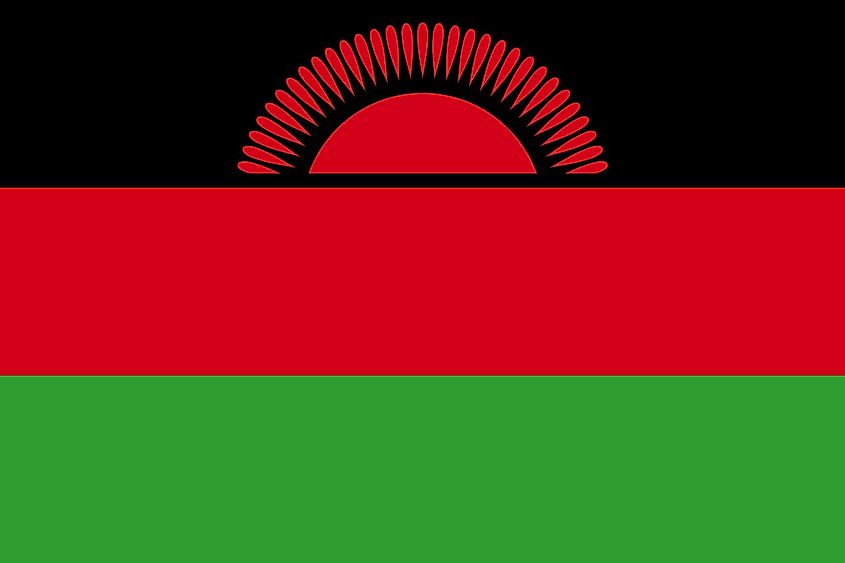
The current flag of Malawi.
South Sudan
South Sudan adopted their flag after the end of their second civil war. The flag is older than the country since it was first used around 2005 and South Sudan gained independence in 2011. The flag was previously used by the SPLM (Sudan People’s Liberation Movement) and it resembles the flags of Kenya and Sudan. The flag has green, red, white and black horizontal bands and a yellow star in a blue triangle. The star represents unity, the black strip represents the people, and the red represents the bloodshed while fighting for independence. The green color represents the agriculture while white symbolizes peace. The blue triangle represents the Nile river. South Sudan adopted the flag on July 9, 2010.
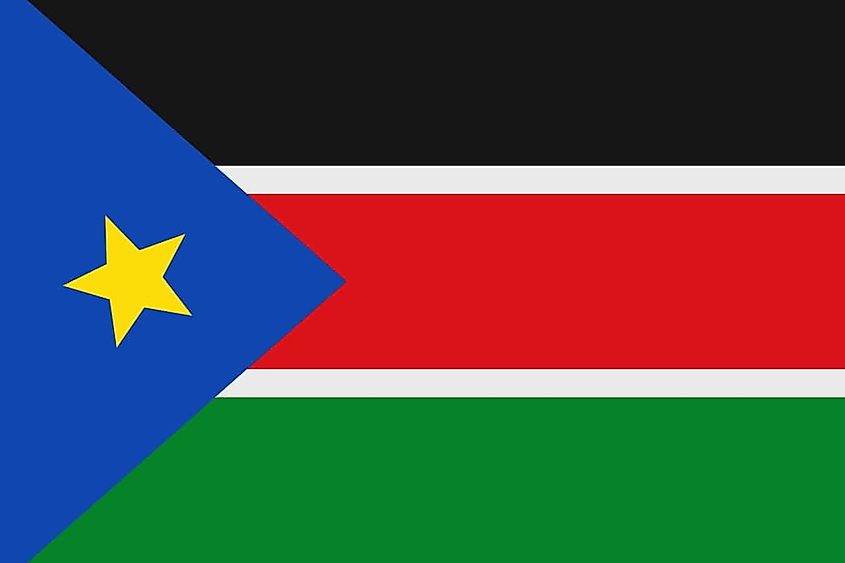
The flag of South Sudan.
Libya
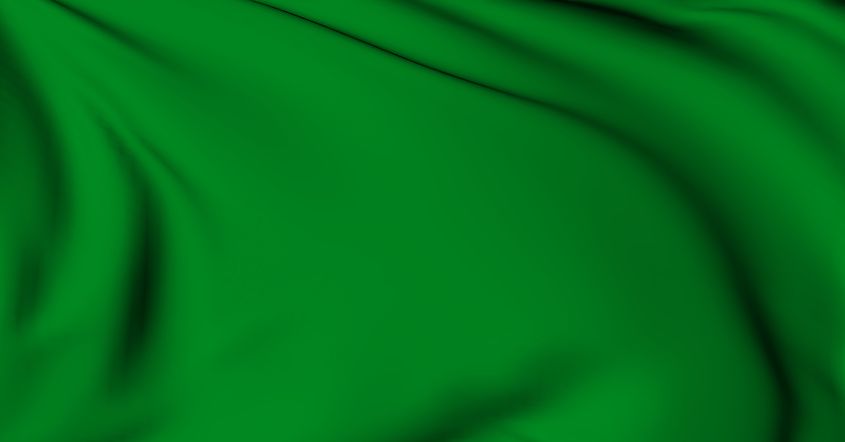
The former flag of Libya.
The original Libyan flag was introduced in 1951 after the creation of the Libya Kingdom. Omar Shennib designed the flag, and it was used until 1969. The flag has red, black, and green bands with a crescent and a star in the middle. After the 1969 coup d’etat, Libya adopted a flag which resembled the Arab liberation flag which they used until 1972 when they joined the federal of Arabs republic and adopted their flag. Muammar Gaddafi introduced the Libyan Arab Jamahiriya flag in 1977. The flag was green in color with no symbol which Libya used until 2011. The original Libyan flag was reintroduced on August 3, 2011, under article three of the constitution, despite disapproval by many Libyans.
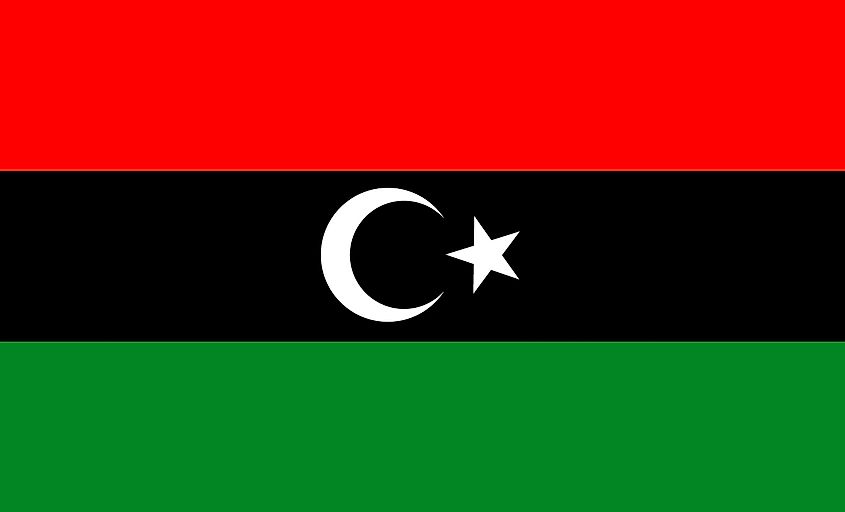
The current flag of Libya.
Myanmar
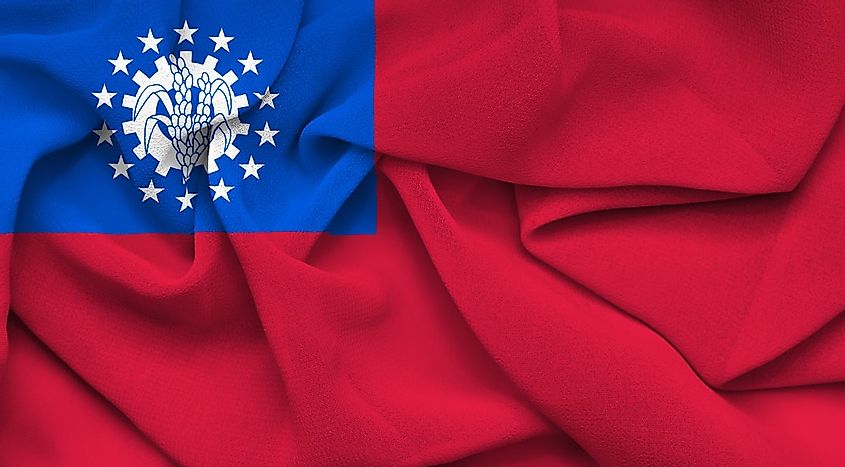
The former flag of Myanmar.
The current Myanmar flag was adopted on October 21, 2010. Myanmar introduced the new flag alongside the idea of a name change as stipulated in their 2008 constitution. The flag has three horizontal bands red, green and yellow with a white 5-pointed star in the middle. The star stands for the country’s union, red represents determination and courage, and green stands for tranquility and peace while the yellow color symbolizes solidarity. The flag design was proposed in 2007 and then accepted during the 2008 referendum. The officials lowered the old flag in favor of the new one on October 21, 2010.
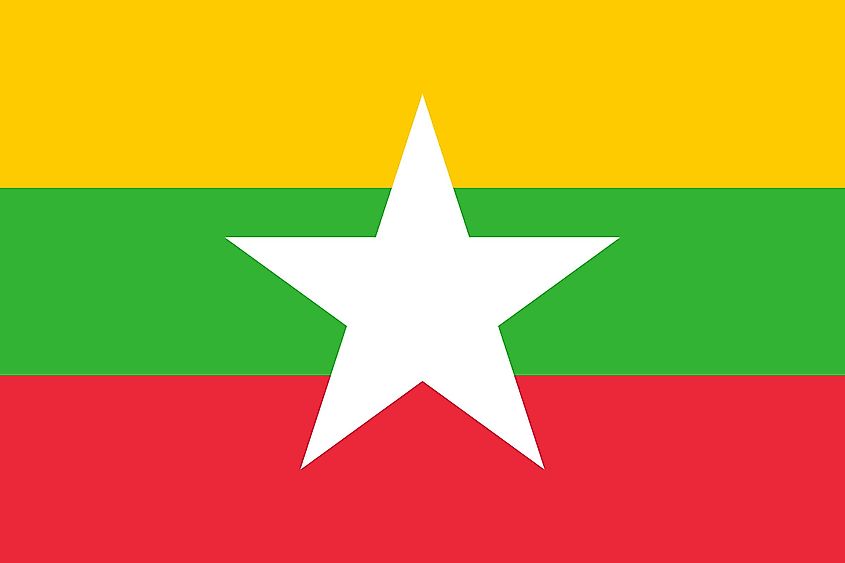
The current flag of Myanmar.
Iraq
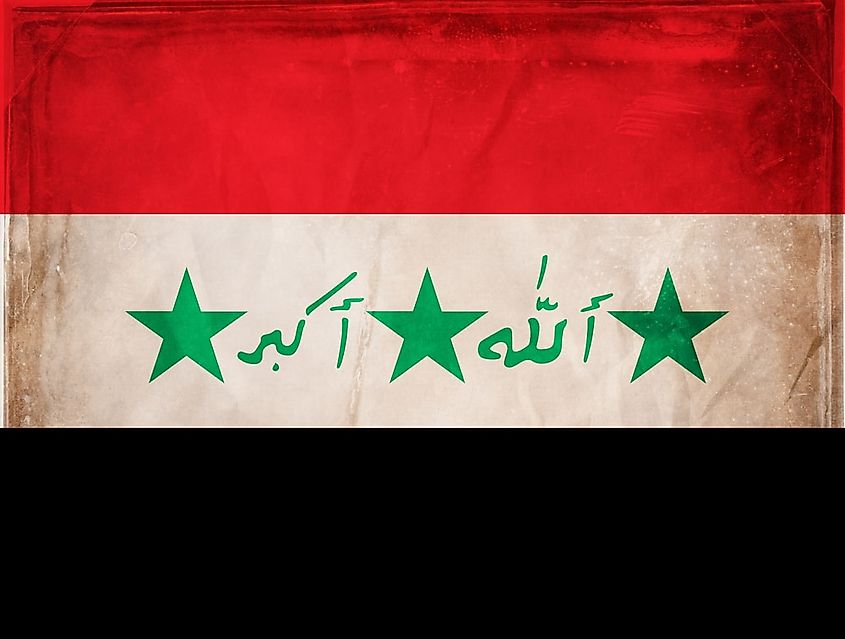
The former flag of Iraq.
The Iraq flag has the three equal horizontal black, white, and red bands of the flag of Arab liberation. Iraq adopted the current tricolor on July 31, 1963, but the green symbols on the white stripe have changed over the years. The recently amended version was adopted on January 22, 2008, and it has the ‘’Takbir’’ written in green. The first flag of Iraq was a green-white-black horizontal flag which had a red trapezoid with two stars. Even though the flag has changed several times, they have maintained the colors of the Arab Liberation flag. In 2008 the stars on the Iraq flag were removed.
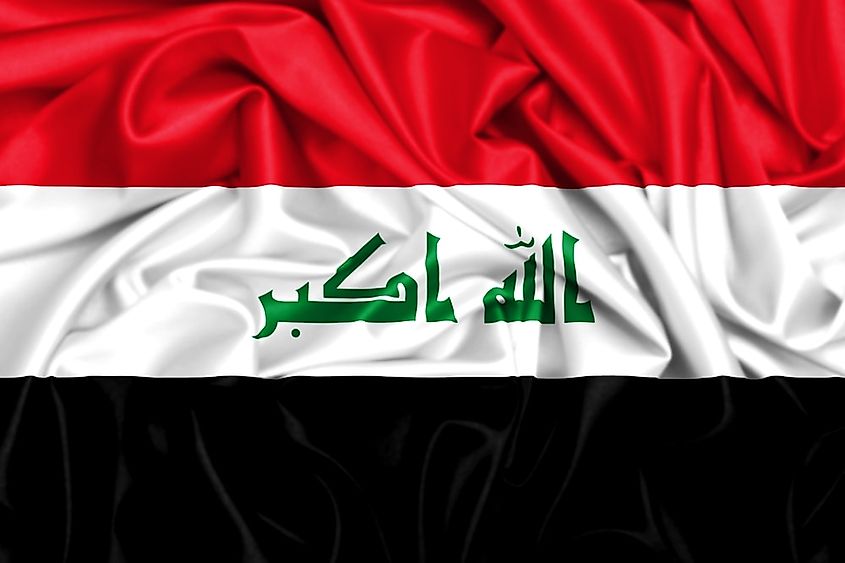
The current flag of Iraq.
Kosovo
Kosovo adopted their flag immediately after gaining their independence from Serbia on February 17, 2008. The current flag was the winning design of the international flag designing competition organized by the United Nations which attracted over a thousand entries. Ibrahimi Muhamer designed the winning flag. The flag has six stars above a map of Kosovo on a blue flag. The white stars in an arc on a golden map, symbolize the six ethnic groups in the country. The Kosovo flag resembles the flag of Bosnia and Herzegovina regarding shape and color. Before gaining their independence, Kosovo used the flag of the United Nations for official purposes.
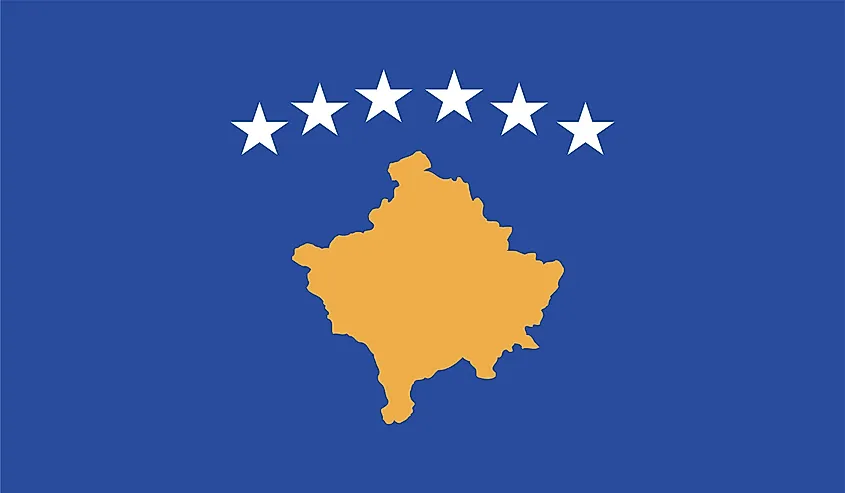
Lesotho
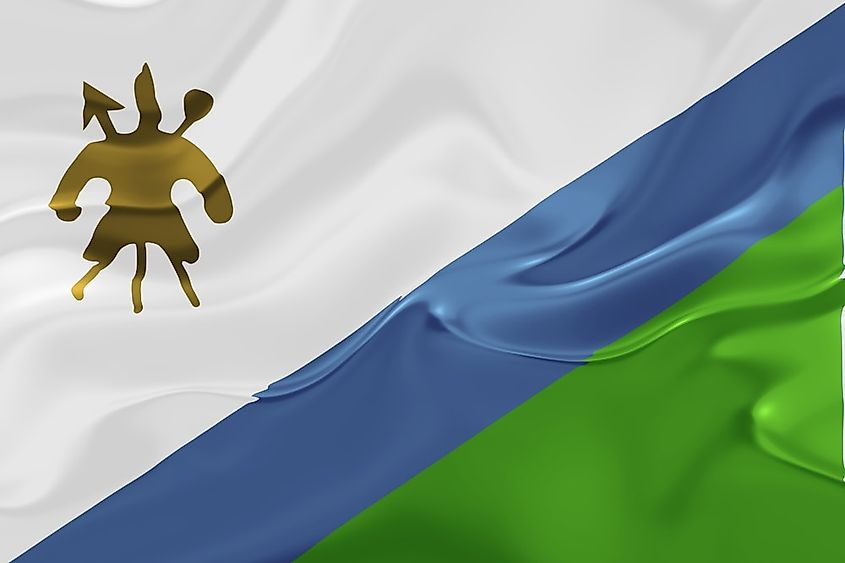
The former flag of Lesotho.
Lesotho adopted their current flag on October 4, 2006, during the 40th anniversary of their independence. The current flag features the horizontal green, white and blue bands plus a black ‘’Mokorotlo’’ in the middle of the white band. The design was meant to represent the nation as a peaceful state both externally and internally. The ’’Mokorotio’’ replaced the military emblem of a knobkerrie, spear, and shield. The white color stands for peace, the green symbolizes prosperity, and the blue represents the rain or sky.
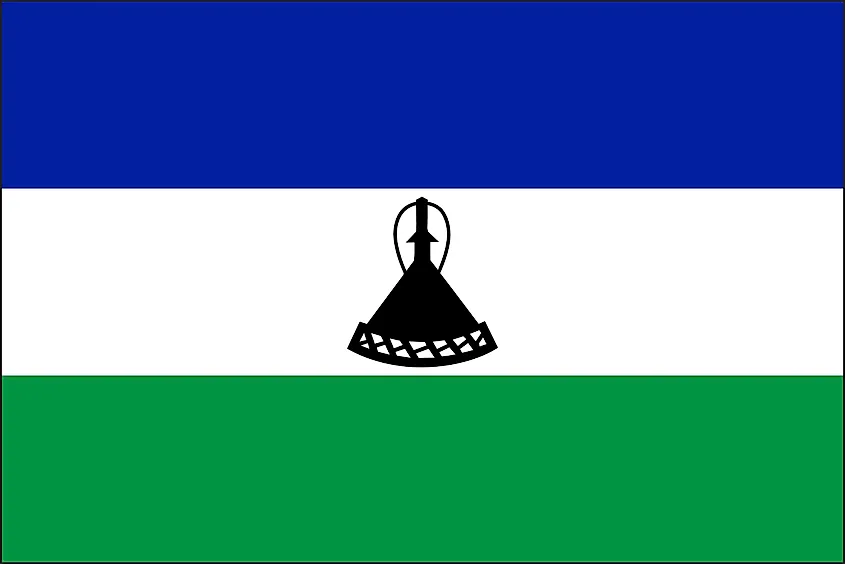
The current flag of Lesotho.
Venezuela
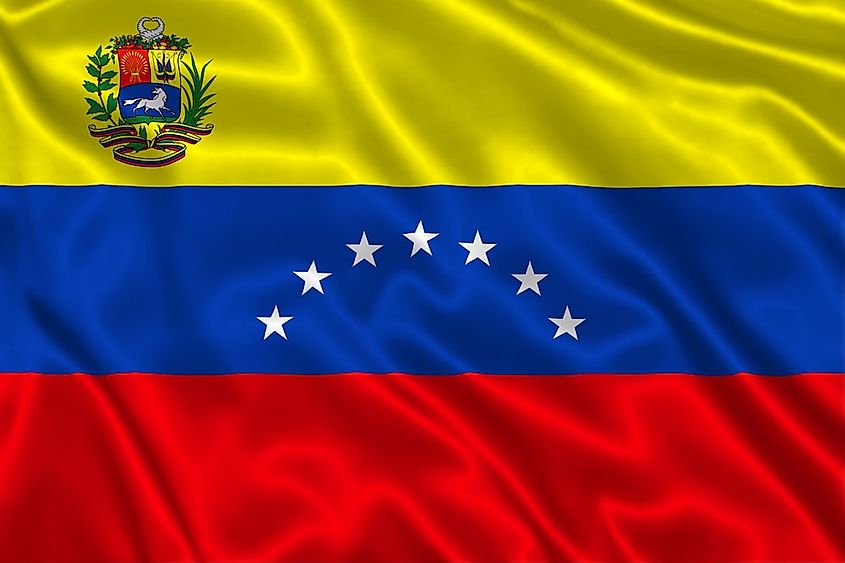
The former flag of Venezuela with 7 stars.
The present Venezuela flag was first raised on March 12, 2006. It features three horizontal bands (red, blue and yellow) just like their original flag which was used in their war of independence in 1811. Over the years a lot of changes have been done on the flag including the addition of a coat of arm, and stars (even changing the number and placement of the stars). The current Venezuela flag has eight white stars. The eighth star represents the province of Guayana.
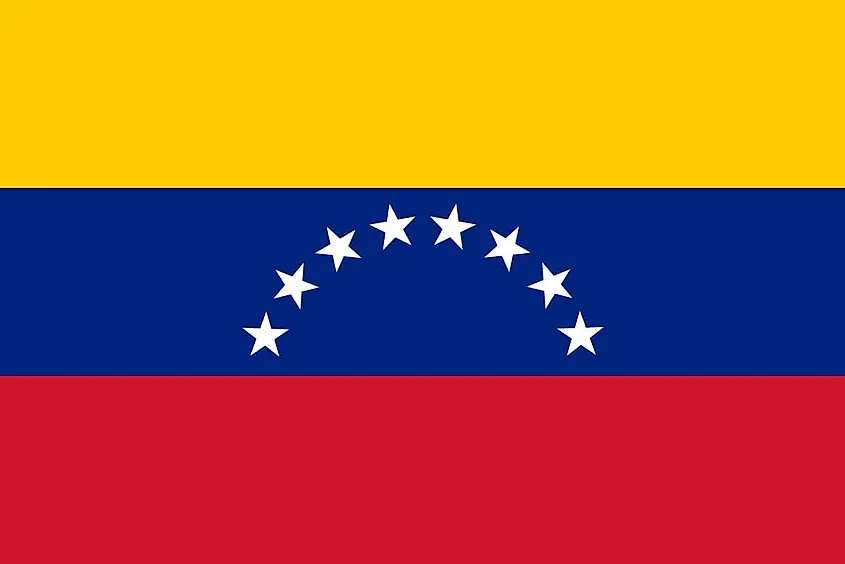
The current flag of Venezuela.
The Democratic Republic of the Congo
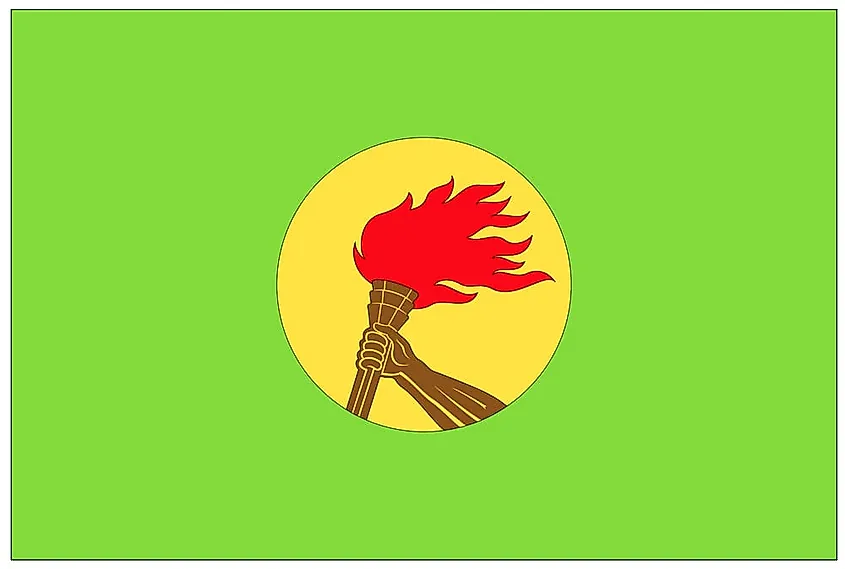
The flag used by Zaire.
The flag of DRC (the Democratic Republic of the Congo) is sky-blue in color. It is cut diagonally by a red strip with yellow edges. The upper-left canton has a yellow star. The country adopted the current flag on February 20, 2006. Their new constitution proposed the idea of replacing their flag with a previous flag which was used from 1963 to 1971, but with its color changed from royal blue to sky blue. The star on the flag symbolizes the country’s radiant future. Red symbolizes the blood of their martyr’s and yellow represents their wealth while the blue represents peace.
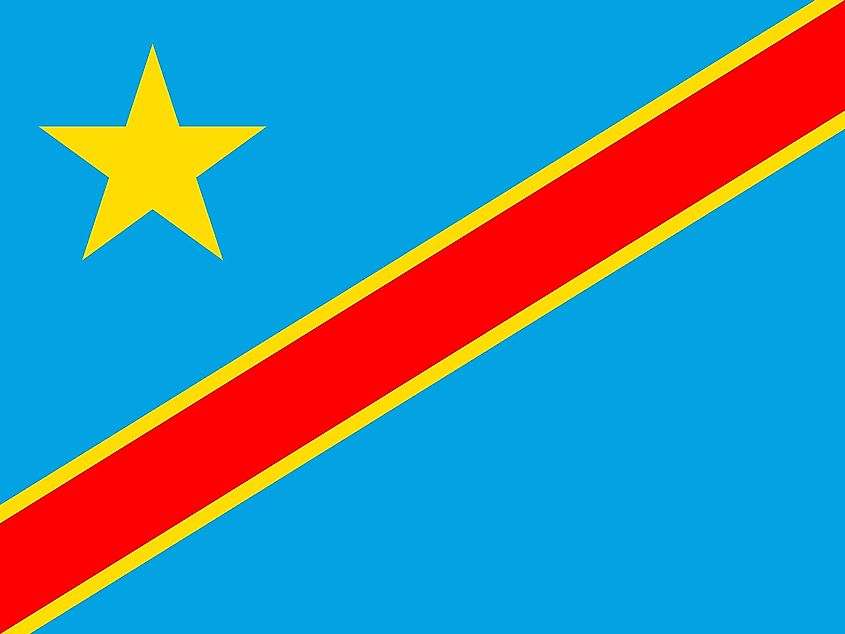
The current flag of the DRC.
Why Do Countries Change Their Flags?
As most countries change and evolve, so does the messages symbolized by their flags. A flag tells the country's history, and the cause of the flag change is usually as strong as their beliefs. One of the main reasons for the adoption of a new flag is a shift in their political power. Others change their flag as part of restructuring their political and structural future. Other changes are to update the world on their status of peace or war.
The Newest Flags in the World
| Rank | Flag | Date of Adoption |
|---|---|---|
| 1 | Mauritania | August 15, 2017 |
| 2 | Malawi | May 28, 2012 |
| 3 | South Sudan | July 9, 2011 |
| 4 | Libya | February 17, 2011 |
| 5 | Myanmar | October 10, 2010 |
| 6 | Iraq | January 22, 2008 |
| 7 | Kosovo | February 17, 2008 |
| 8 | Lesotho | October 4, 2006 |
| 9 | Venezuela | March 12, 2006 |
| 10 | Democratic Republic of the Congo | 2006 |











